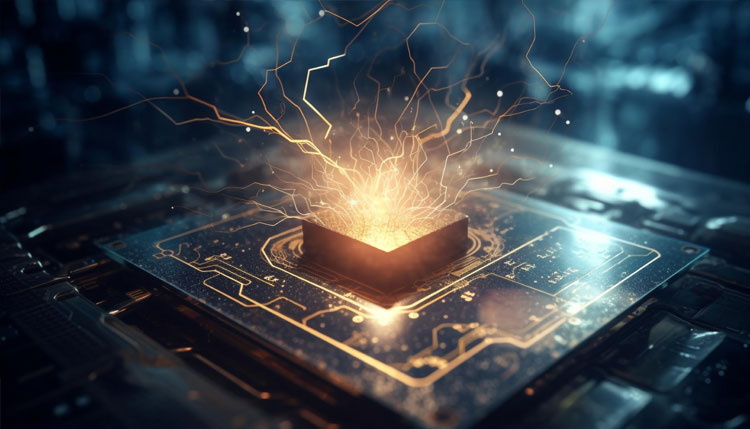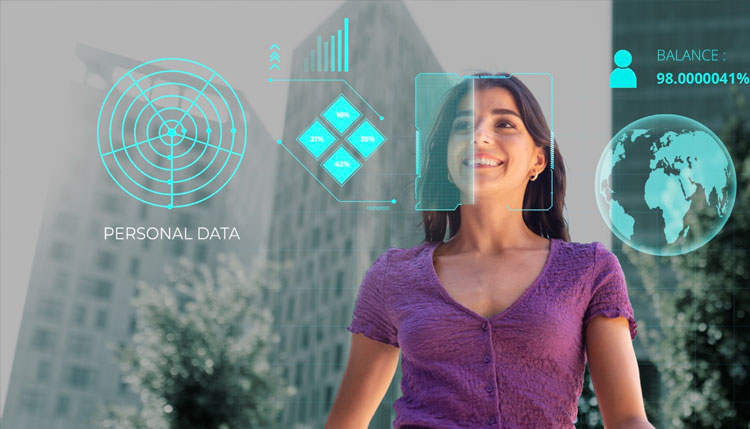
Biometrics in the Age of Quantum Computing
Imagine unlocking your phone with a simple glance or accessing your bank account with the touch of a finger. That’s biometrics for you – using unique physical traits for identification. Now, enter quantum computing, a beast of technology that operates on quantum bits, making processing zillions of times faster than the best computers today. This duo is set to redefine what’s possible in security and beyond.
Biometrics has been around the block, from fingerprint scanners to facial recognition. But it’s not fool proof. Hackers, with enough time and data, can trick these systems. Enter quantum computing, which could potentially encrypt data so securely that these tricks become near impossible. It sounds like a match made in tech heaven, right? Well, it’s complicated.
First off, quantum computing is like a double-edged sword. On one hand, it promises to enhance biometric systems’ security, making our data safer than ever. Imagine a system so secure that it could detect any attempt at mimicry or fraud instantly. This isn’t just about keeping your photos and messages safe. It’s about protecting your identity at levels we’ve never seen before.
For instance, banks could use quantum-encrypted biometric data to ensure that the person trying to access an account is indeed who they claim to be, with near-zero chance of error. The stats are promising too. Quantum encryption can enhance data security exponentially, making it billions of times more secure than current standards.
However, there’s a flip side. Just as quantum computing can secure biometric data, it also has the power to break through current encryption methods like a hot knife through butter. This means all the data protected by today’s standards could suddenly become vulnerable. It’s a race against time – to harness quantum computing for security before hackers use it for breaches.
Real-world applications are already hinting at the potential. Quantum key distribution, a secure communication method that uses quantum mechanics, has been successfully tested in various parts of the world. This tech ensures that any attempt at eavesdropping between the communicating parties can be instantly detected, thanks to the principles of quantum mechanics.
But it’s not all smooth sailing. The leap to quantum-secured biometrics will require massive infrastructure changes and investments. The technology is still in its infancy, and widespread adoption is years, if not decades, away. Plus, there’s the challenge of making this tech accessible to everyone, not just those who can afford the latest and greatest gadgets.
In conclusion, the fusion of biometrics and quantum computing opens up exciting possibilities for the future of security. It promises a world where our data, from our bank details to our personal messages, is protected by the unbreakable laws of physics. But it also poses significant challenges and risks that we must navigate carefully. As we stand on the brink of this new era, one thing is clear: the race to secure our digital lives against the quantum threat is on, and it’s one we cannot afford to lose. For more information, please write to us at info@trueid.in











